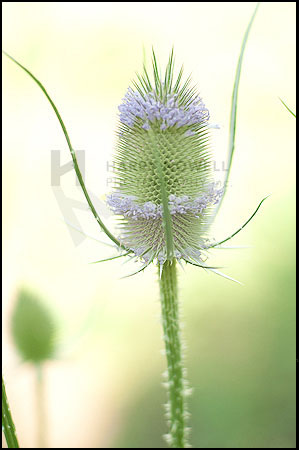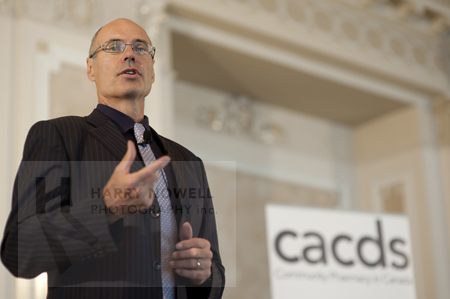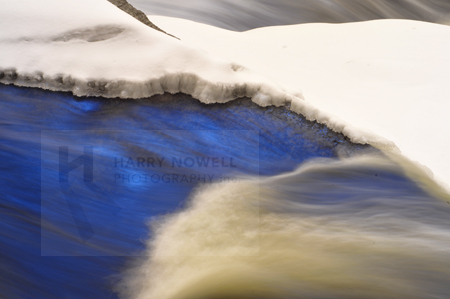Three Boring Photo Tools for Better Photos
They’re not sexy.
They’re not cutting edge.
They’re not even hard to find.
But they are indispensable for better photos.
This month we round up three of the most boring ways to improve your photography.
If these tools are so accessible why don’t more people use them?
They’re overlooked because they are un-sexy and cumbersome.
Sigh…
Here’s the list:
• Tripod
Cost?: $100 – $1000
Introduced?: 1800s
Essential?: VERY, for landscapes, macro and other work.

Tripods = Boringly indispensable.
Very non-sexy, cumbersome and considered a big pain in the neck, tripods are essential to fine photos in some areas of photography like landscapes.
Why?
Tripods (solid ones) help keep the camera steady for long exposures helping create sharp photos. They also allow you to effectively photograph:
• with small apertures to produce lots of depth of field.
• with slow the shutter speeds to effectively show motion.
“But I have a steady hand!”
Even the steadiest hand in the world cannot eliminate slight motion blur using an SLR at shutter speeds much below 1/250 of a second.
Rangefinder cameras will give a little more leeway but hand-held cameras are one of the biggest causes of complaint we get:
“My focus system is broken” often means “there’s slight motion blur in the photo (because of no tripod) that makes the photo look out of focus.”
Bottom Line: If you want to shoot stunning landscapes explore tripods, small apertures and long shutter speeds.
• Prime Lenses (like the 50mm f1.8)
Cost?: From $150
Introduced?: Many, many years ago.
Essential?: Very, very useful for low light, flashless, event and portrait photography

Prime Lenses offer lighting options!
Prime lenses are boring.
And this lens requires you to work harder because it has no zoom capabilities.
But this lens out-performs ALL zoom lenses in low light capabilities when flash is not appropriate or wanted.
Why?
Prime lenses like the 50mm f1.8 have a massive aperture that lets in a huge amount of light. The f1.8 lets in FOUR times as much light as most zoom lenses. That means you can use faster shutter speeds that will help get crisp photos. Comparatively, in low light, a standard zoom may produce underexposed or blurry pictures without the help of a flash.
“But it’s a limited lens – no zoom capability!”
True. Prime lenses like 50mm f1.8 have limitations and take some getting used to. But if you like shooting events and portraits in low light conditions without flash, this lens is worth every penny!
Bottom Line:
Enjoy environmental portraits, events and don’t want to use flash? Get a prime lens.
• Filters
Cost?: From $10
Introduced?: Perhaps 60 – 100 years ago?
Essential?: “Yes” for exceptional landscapes and Black & White photography?

Filters – add oomph and motion to your photos
Cumbersome and time consuming, filters force you to slow down but these plates of glass allow your photos to glow.
Why?
Filters add or subtract elements of light and colour that would be tough to introduce (effectively) otherwise. Whether using neutral density filters to allow you to capture mid-day motion, or coloured filters & polarizers for creative landscapes or beautiful B&W imagery, filters extend your creative capability.
“But I have post production software – I can do anything!”
A simple filter can save you hours of time. Photographers like Darwin Wiggett suggest it’s virtually impossible to replicate filter effects in post production. More on filters by Darwin.
Homework
Invest time in these three boring tools. With the right work and patience these tools will elevate your photography to a new level. I promise.
Pro Perspective
I’ve often tried short cuts when I am tired or running low on time. I’ve tried to convince myself “I don’t really need a tripd…” and regretted it.
Invest in the time to do things well and the people who notice fine photography will start to notice you.
Final Frame
Tripods, prime lenses and filters – Boring?
Maybe.
Indispensable? Definitely.
Make photos.
Have fun!
